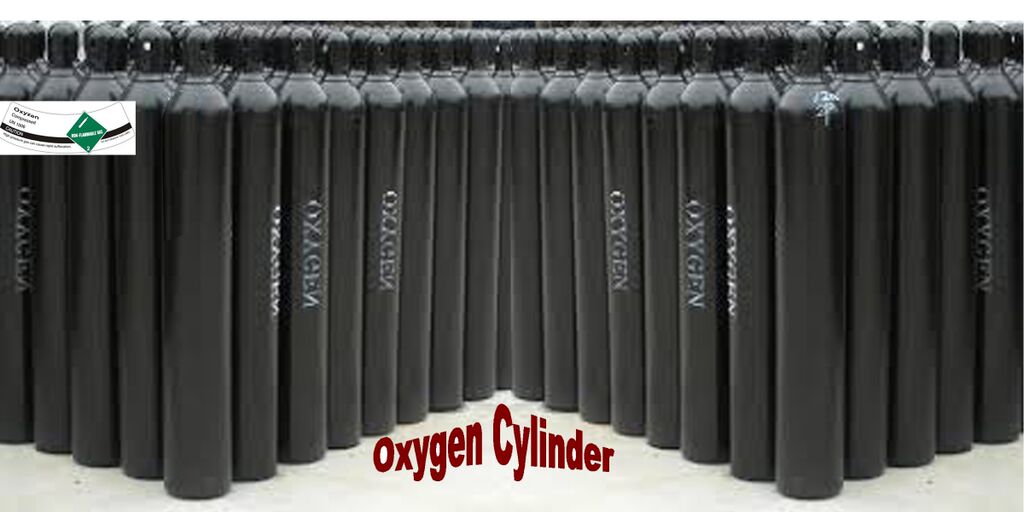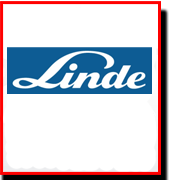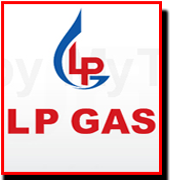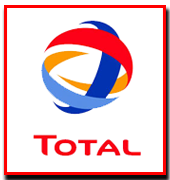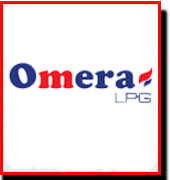Oxygen was discovered independently by Carl Wilhelm Scheele, in Uppsala, in 1773 or earlier, and Joseph Priestley in Wiltshire, in 1774, but Priestley is often given priority because his work was published first. The name oxygen was coined in 1777 by Antoine Lavoisier, whose experiments with oxygen helped to discredit the then-popular phlogiston theory of combustion and corrosion.
Applications
melting of iron ore into steel consumes 55% of commercially produced oxygen. In this process, O2 is injected through a high pressure lance into molten iron, which removes sulfur impurities and excess carbon as the respective oxides, SO2 and CO2. The reactions are exothermic, so the temperature increases to 1,700 °C. Another 25% of commercially produced oxygen is used by the chemical industry. Ethylene is reacted with O2to create ethylene oxide, which, in turn, is converted into ethylene glycol; the primary feeder material used to manufacture a host of products, including antifreeze and polyester polymers (the precursors of many plastics and fabrics). Most of the remaining 20% of commercially produced oxygen is used in medical applications, metal cuttingand welding, as an oxidizer in rocket fuel, and in water treatment. Oxygen is used in oxyacetylene welding burning acetylene with O2 to produce a very hot flame. In this process, metal up to 60 cm thick is first heated with a small oxy-acetylene flame and then quickly cut by a large stream of O2.

